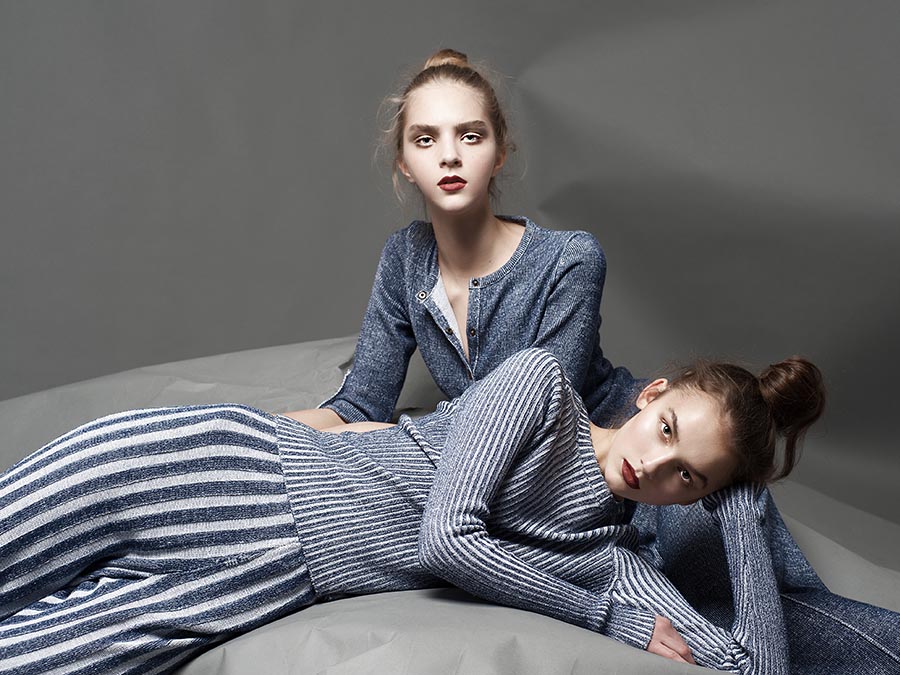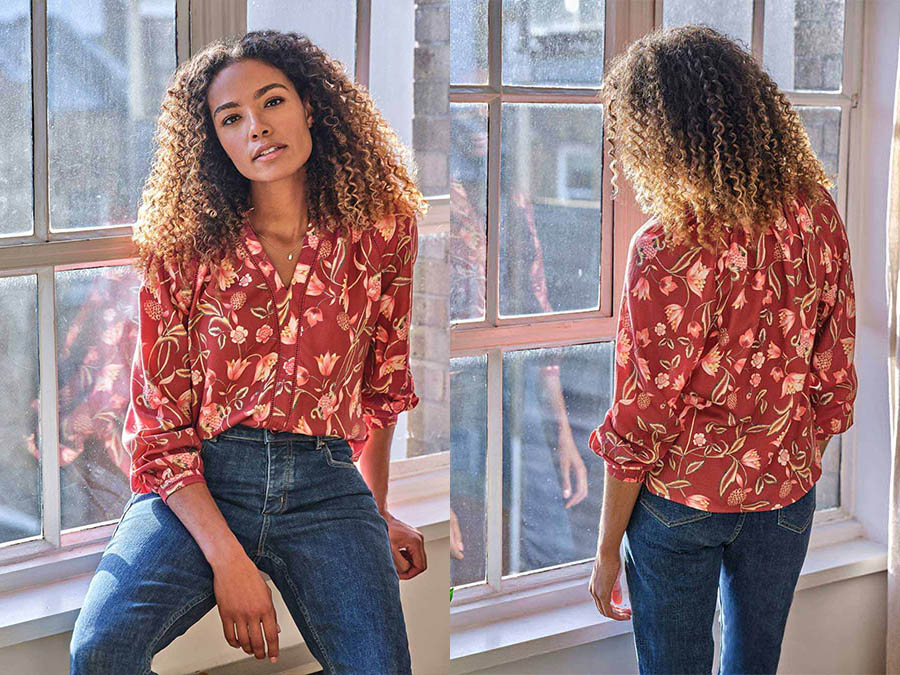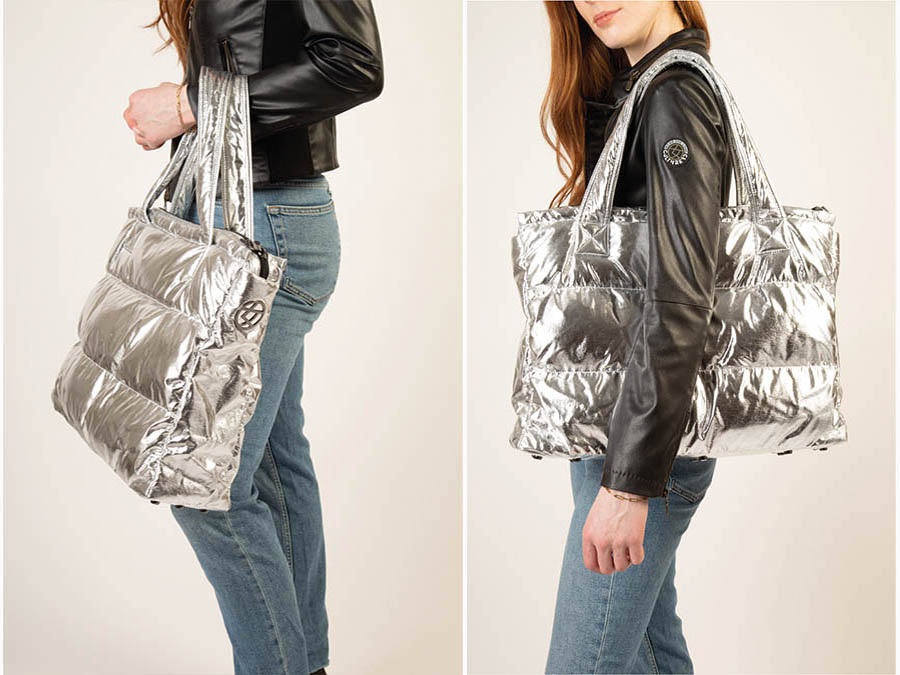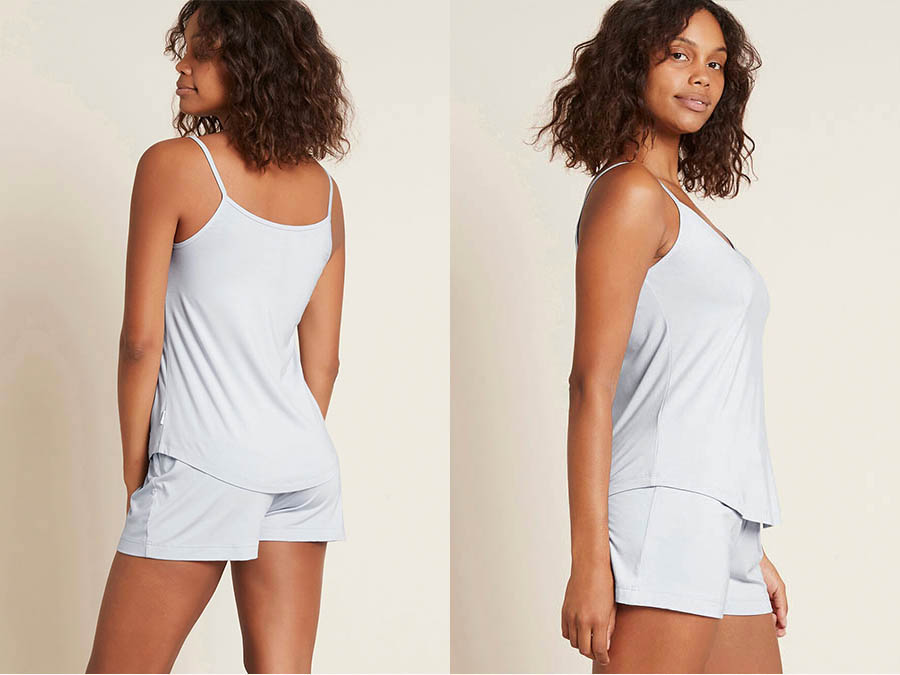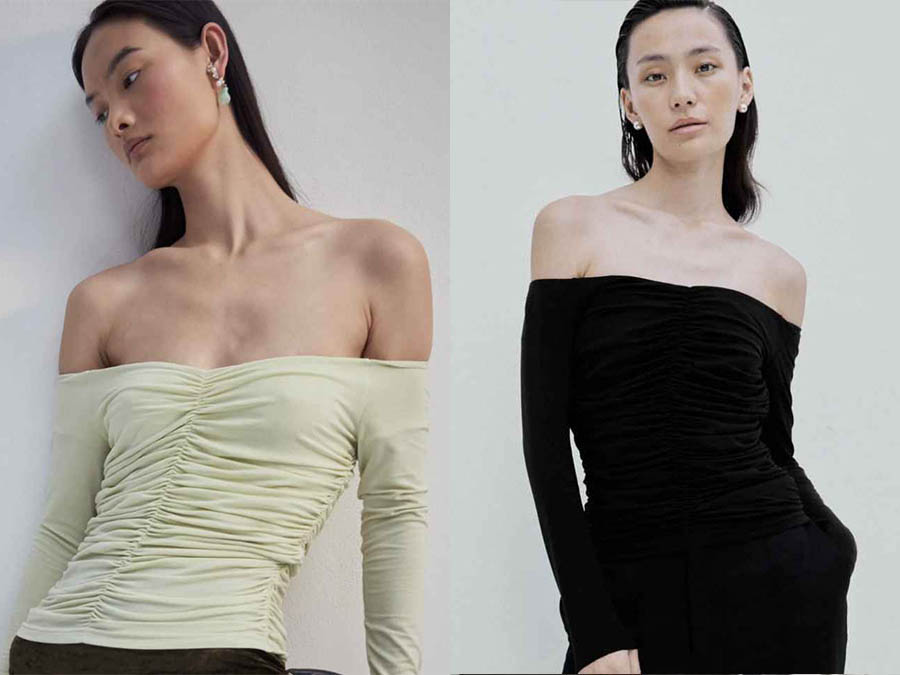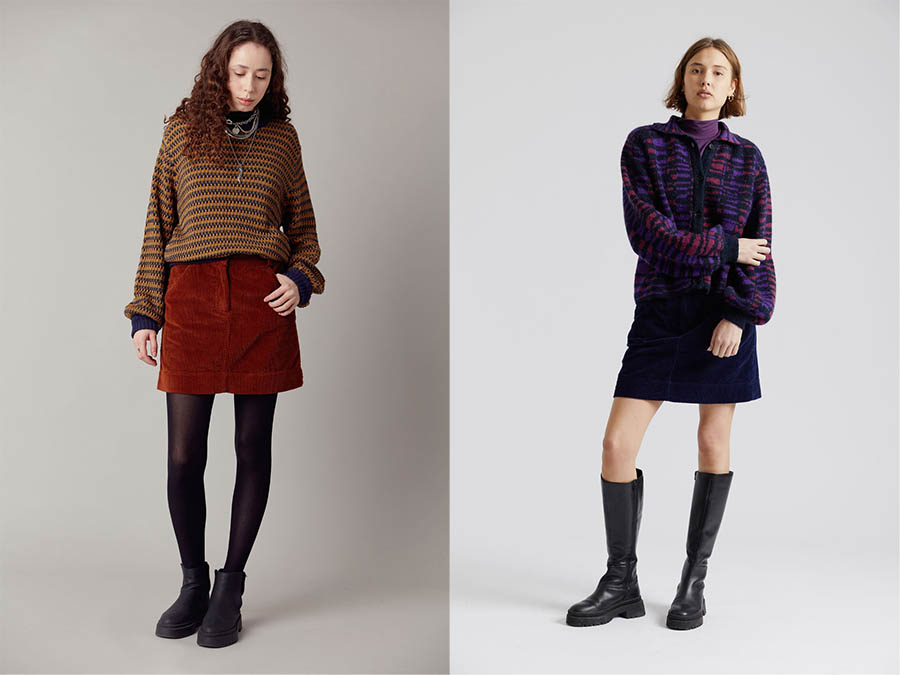Start Your Own Vintage Fashion Collection
Starting your own vintage fashion collection can be a rewarding and exciting endeavour. Vintage fashion enthusiasts often collect items from a specific era, style, or designer, and building a collection requires careful planning and dedication. Here at Sustainablefashion.ie, we will show you simple steps to get started.
The Benefits of Building Your Own Vintage Fashion Collection
Vintage fashion has several benefits that make it a popular choice for many people. Here are some of the advantages of incorporating vintage clothing and accessories into your wardrobe:
1. Unique Style
Vintage fashion allows you to stand out and express your individuality. Vintage pieces often have distinct designs and patterns that you won’t find in contemporary clothing. Wearing vintage items can help you create a unique and personal style.
2. Timeless Appeal
Many vintage pieces have a timeless quality, making them relevant and stylish across different fashion eras. You can wear vintage clothing without it looking outdated, as classic designs and quality materials withstand the test of time.
3. Sustainability
Buying vintage clothing is a sustainable choice. It reduces the demand for new production, which can be resource-intensive and harmful to the environment.
Choosing second-hand garments helps decrease textile waste and the overall environmental impact of the fashion industry.
4. Quality and Craftsmanship
Vintage clothing often boasts superior craftsmanship and attention to detail. Many older garments were made to last, with high-quality materials and sturdy construction. This can result in vintage items being more durable and longer-lasting than many modern pieces.
5. Cost-Effective
Vintage fashion can be more budget-friendly compared to buying new designer or high-end clothing. You can find well-made, unique vintage pieces at a fraction of the cost of their modern counterparts.
6. Storytelling
Vintage clothing items often come with a history or story attached to them. Wearing vintage allows you to connect with the past and imagine the experiences of the previous owners or the cultural context of the time in which the piece was made.
7. Nostalgia
Vintage fashion can evoke a sense of nostalgia and sentimentality. It allows you to revisit or experience styles and trends from the past, connecting you to a particular era or cultural moment.
8. Ethical Considerations
Choosing vintage clothing is a more ethical choice for those concerned about fair labour practices and the social impact of the fashion industry. It avoids supporting companies with questionable working conditions and labour practices.
9. Personal Expression
Vintage fashion offers a wide range of styles, from bohemian and hippie to elegant and formal. You can mix and match vintage pieces to create a wardrobe that reflects your personal style and preferences.
10. Curating a Collection
Collecting vintage clothing can be a hobby and a form of self-expression. It can be fun to hunt for unique and valuable vintage pieces and build a collection that represents your tastes and interests.
11. Investment
Some vintage items can appreciate in value over time, making them potential investments. Highly sought-after vintage designer pieces or rare finds can become valuable assets.
Incorporating vintage fashion into your wardrobe is a versatile and sustainable way to express your style while reaping the many benefits of unique, high-quality clothing with a history.
12 Ways to Start Your Own Vintage Fashion Collection
Now you know all of the great benefits that your own vintage fashion collection can have, let’s look at ways to start.
1. Define Your Focus
Decide on the specific theme, era, or style of vintage fashion you want to collect. For example, you might focus on 1920s flapper dresses, 1960s mod fashion, or vintage band t-shirts. Having a clear focus will help you narrow down your search and make informed decisions.
2. Educate Yourself
Research and learn about the fashion history of your chosen era or style. Read books, watch documentaries, and immerse yourself in the culture of that time. Understanding the historical context and trends will make you a more informed collector.
3. Set a Budget
Determine how much you’re willing to invest in your collection. Vintage fashion can range in price from affordable to very expensive, depending on rarity and condition. Establish a budget to guide your purchases and prevent overspending.
4. Start Slowly
Don’t rush to buy a large number of items at once. Begin with a few key pieces to establish your collection’s foundation. This allows you to get a feel for the market and refine your taste.
5. Shop Strategically
Look for vintage fashion items in various places.
- Thrift stores and second-hand shops
- Vintage boutiques and specialized stores
- Online marketplaces such as Etsy, eBay, and specialized vintage websites
- Estate sales, auctions, and flea markets
- Swap meets and vintage fashion fairs
6. Inspect Items Carefully
When buying vintage fashion, pay attention to the item’s condition, authenticity, and quality. Look for signs of wear and tear, stains, missing buttons, and alterations. Authenticity is crucial, especially if you’re collecting designer pieces.
7. Network and Connect
Join vintage fashion communities, both online and locally, to connect with other collectors, sellers, and enthusiasts. They can provide valuable advice, share resources, and help you locate unique pieces.
8. Care and Preservation
Properly care for your vintage items to maintain their condition. Store them in a cool, dry place away from direct sunlight and moisture. Invest in archival garment storage materials, like acid-free tissue paper and clothing racks.
9. Document Your Collection
Keep a record of each item in your collection. This can include photos, descriptions, provenance, and any historical information you have about the piece. Organising your collection will help you appreciate and manage it better.
10. Be Patient and Persistent
Building a valuable vintage fashion collection takes time. Don’t be discouraged if you can’t find rare pieces right away. Be patient and persistent in your search.
11. Attend Events and Exhibitions
Visit vintage fashion exhibitions, fashion museums, and collector’s events to expand your knowledge and find inspiration for your collection.
12. Share Your Passion
If you’re passionate about vintage fashion, consider sharing it with others through a blog, social media, or even organizing your own vintage fashion events or pop-up shops.
And Finally
Remember that vintage fashion collecting is a personal journey, and it’s essential to collect what you love and what resonates with you. Over time, your collection can become a reflection of your unique style and interests.

